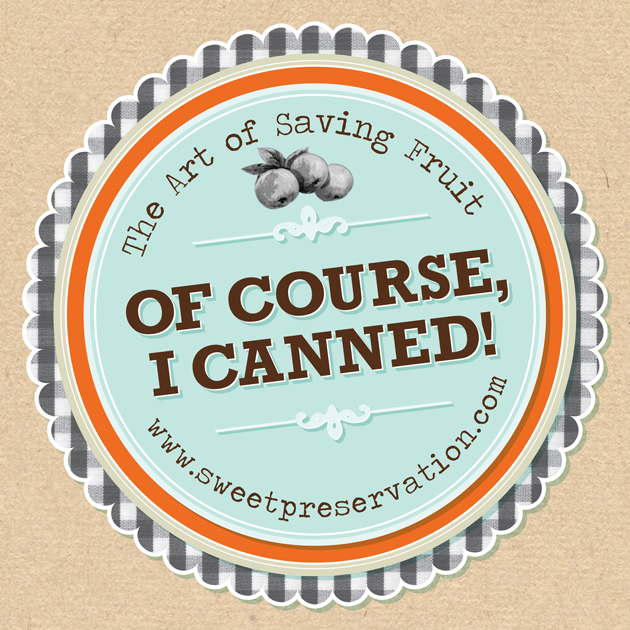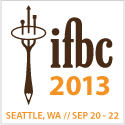Monkey Butter (a version of Banana Jam)
 Wednesday, May 18, 2011 at 7:49PM
Wednesday, May 18, 2011 at 7:49PM This is a really fun recipe. The Pina Colada fans in your life will go crazy for it. You may certainly use canned pineapple, and sweetened flaked coconut, but I prefer it with fresh pineapple and natural unsweetened coconut. No matter which route you go, with these 5 basic ingredients combined you just can't go wrong.
Makes ~ 2-3 pints, or ~ 5 half pints
- 2 lbs medium-size perfectly ripe bananas (about 5, with no brown spots)
- 2 cups fresh pineapple chunks (or 20 oz. can)
- 1/4 cup of flaked coconut, any kind (natural or sweetened)
- 3 cups of white sugar
- 1/4 cup bottled lemon juice
> First prepare the canning jars and keep hot until ready to use; prepare lids according to the manufacturer's instructions.
1.) Peel and slice bananas, then put banana slices, along with remaining ingredients in a large preserving pan.
2.) Bring to a boil, stirring often, and then reduce to a simmer for the next 10 minutes.
3.) Cook until thick, which may take as few as 10 minutes; but it may take as many as 20 minutes or more. (Water content varies in bananas and pineapple.)
4.) While the mixture is simmering, use a potato masher, or large sturdy slotted spoon, to periodically mash the fruit down, between bouts of stirring to prevent any preserves from sticking.
5.) Ladle jam into clean hot jars, leaving 1/4" headspace.
6.) Using a chopstick or plastic knife, pop any air bubbles you might see in the Monkey Butter.
7.) Wipe rims spotlessly clean and place a sealing lid on top the jar. Next, screw a band onto the jar until it's "finger-tight".
8.) Process jars in a Boiling Water Bath for 10 minutes (half pints) and 15 minutes (pints).
> If jars lid seals it will easily keep for one year in a cool, dark place. If jar doesn't seal, place it in your refrigerator and eat within 3 months, or within one month of opening.
~~~~~
Monkey Butter is amazing on toast, but if you really want to get creative, use it as a crepe filling with - do I dare say it - Nutella. There goes my diet.
Might as well tell you now that it's lovely on pancakes, waffles and muffins too.
Add a couple spoonfuls to your morning yogurt smoothie.
Spoon it over ice cream, making a Banana "Jam" Split.
You can always just do like I do > grab a spoon and scoop out a dollop and pop it in your mouth. You'll wonder why it took you so long to discover how tasty preserved bananas can be.
 Brook Hurst Stephens | Comments Off |
Brook Hurst Stephens | Comments Off | 








